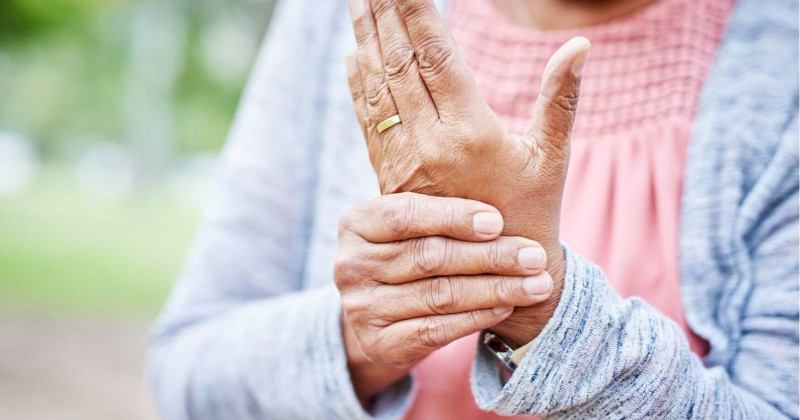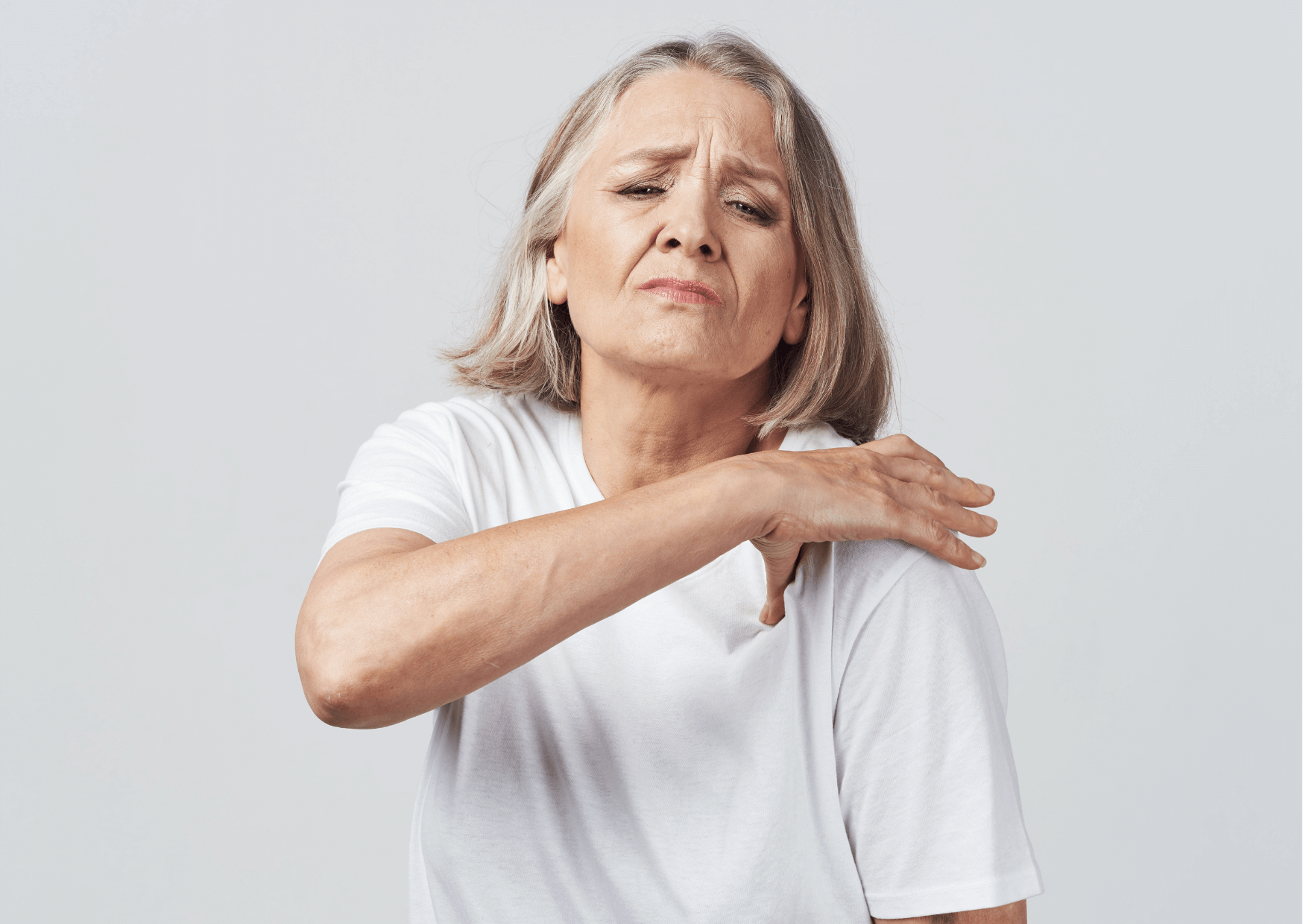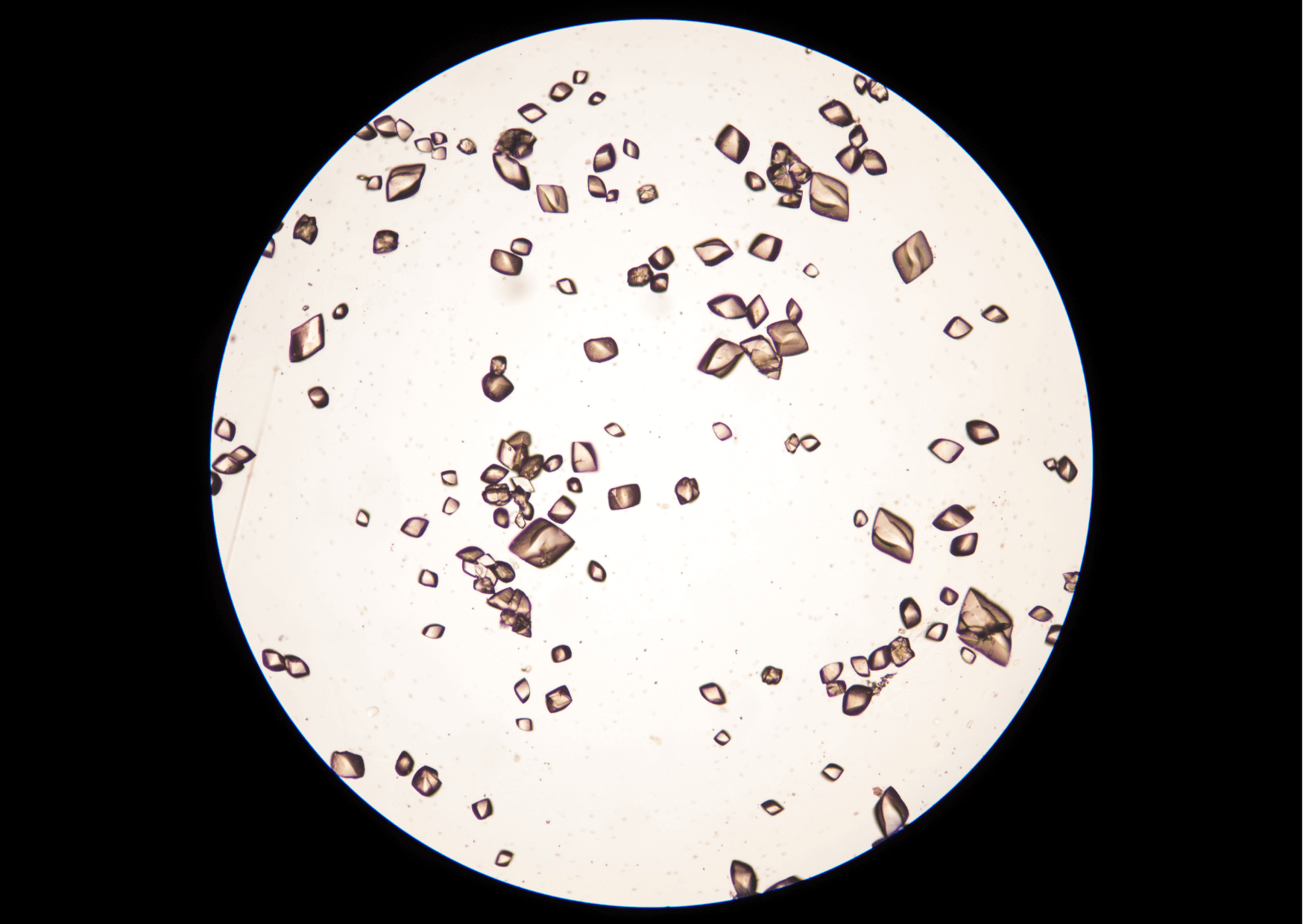Arthritis - a rheumatic joint disease

Arthritis is a general term for a variety of inflammatory and degenerative changes in the joint, and there are more than 100 different forms of arthritis, caused by different causes.
Did you know that arthritis, or inflammation of the joints, is the most common reason for visiting the doctor? Joint inflammation causes severe joint pain that affects our quality of life, as our joints allow us to move, sit and carry out almost all our daily activities.
Table of content:
What is arthritis and what are the risk factors?
What are the symptoms of arthritis?
Arthritis - How can we help ourselves?
What is arthritis and what are the risk factors?
Arthritis is the most common cause of joint pain. It is a rheumatic disease of the joints, more specifically an inflammation of the joints. It mostly affects people between the ages of 30 and 50.

It presents with severe joint pain, swelling, and accompanying redness at the inflamed site. It can affect a single joint or several joints at the same time.
Risk factors for arthritis include:
- Family history - Some types of arthritis run in families, so if your parents or siblings have the disease, you are more likely to develop arthritis.
- Age - The risk of many types of arthritis, including osteoarthritis, rheumatoid arthritis, and gout, increases with age.
- Gender - Women are more likely than men to get rheumatoid arthritis, while most people who have gout, another type of arthritis, are men.
- Previous joint injury - People who have injured a joint, perhaps during sport, are more likely to develop arthritis in that joint over time.
- Being overweight - Extra pounds put a strain on the joints, especially the knees, hips, and spine. Obese people have a higher risk of developing arthritis.
What are the symptoms of arthritis?
The most common signs and symptoms of arthritis are related to the joints. Symptoms typical of arthritis usually develop gradually, but can also occur suddenly. Depending on the type of arthritis, signs, and symptoms may include:
- pain
- stiffness
- swelling
- redness
- reduced range of movement
The main types of arthritis
Arthritis is a general term for a variety of inflammatory and degenerative changes in the joint, and more than 100 different forms of arthritis can be distinguished, all of which arise from different causes and consequently require different therapeutic approaches. The two most common forms of arthritis are osteoarthritis and rheumatoid arthritis.
1. Osteoarthritis
Osteoarthritis is by far the most common type of arthritis. It can damage almost all joints but occurs mainly in the hands, spine, hips, and knees.
Osteoarthritis was once thought to be a wear and tear disease, in which the cartilage - the protective layer at the ends of bones - wears away after years of use. However, with further research, thinking about OA has changed.
Doctors now know that OA is a disease of the whole joint, not just the cartilage. The bones in affected joints become weaker, the connective tissue that holds the joint together deteriorates and inflammation damages the joint lining.
Studies link osteoarthritis to post-traumatic injuries, being overweight, lack of exercise, and poor diet.
The fact is that the risk of osteoarthritis increases with age. But there is no need to "throw in the towel" just yet. By taking preventive measures, you can avoid joint problems and stay active well into old age.
2. Autoimmune inflammatory arthritis or rheumatoid arthritis
The immune system is our main defense against viruses, bacteria, and other harmful agents. A healthy immune system works by creating ''positive inflammation'' to fight off infections and heal damage.
In inflammatory arthritis, however, the immune system is overactive and attacks healthy tissues, including the joints in the spine, hands, and feet. In some people, the inflammation becomes systemic, damaging the eyes, skin, heart, and other organs.
Many but not all types of inflammatory arthritis are considered autoimmune diseases because the immune system loses its ability to distinguish between self and non-self and attacks the body it is supposed to protect.
Arthritis mostly affects people between the ages of 30 and 50.
Rheumatoid arthritis is the most common form of autoimmune inflammatory arthritis. Psoriatic arthritis, axial spondyloarthritis, gout, and juvenile arthritis are less common and more difficult to diagnose.
It is not known what causes inflammatory arthritis in each individual, but researchers agree that it can be triggered by something in the environment - for example, a virus, stress, or smoking - in people who have a genetic predisposition. Recent research has also highlighted the complex and crucial role of gut microbes in immune-related inflammatory diseases such as rheumatoid and psoriatic arthritis.
3. Putika
An attack is caused by the formation of uric acid salts in the joints. The deposits of these crystals cause swelling, redness, fever, pain, and stiffness in the joint.

Putica often occurs after eating certain types of food, e.g. shellfish (crustaceans, clams, snails), liver, dried beans, peas, sardines, or meat sauce. Drinking alcohol, being overweight and certain medications make gout worse.
In older people, blood pressure medication can cause an attack of puerperal fever. In women, the disease is rarer, occurring mainly in menopause.
4. Uric acid crystals
Bunions most commonly affect the big toe, but can also affect other joints, such as the ankles, elbows, knees, wrists, hands, or other toes. The swelling can cause the skin on the joint to tighten, resulting in redness or even a purple color and hypersensitivity.
Affected joints are extremely painful in puerperal fever, and sometimes moderate fever may be present.
An attack of pemphigus may resolve automatically within a few days. All that is needed is rest and resting of the affected joint.
Other types of arthritis and related diseases
- Ankylosing spondylitis - a long-term inflammatory condition that mainly affects the bones, muscles, and ligaments of the spine, causing stiffness and joint fusion. Other problems may include swelling of tendons, eyes, and large joints
- cervical spondylosis - cervical spondylitis, also known as degenerative osteoarthritis, affects the joints and bones in the neck, which can cause pain and stiffness
- Fibromyalgia - causes pain in the body's muscles, ligaments, and tendons
- lupus - an autoimmune disease that can affect many different organs and body tissues
- gout - a type of arthritis caused by too much uric acid in the body. This can remain in the joints (usually affecting the big toe) but can develop in any joint. It causes severe pain, redness, and swelling.
- Psoriatic arthritis - an inflammatory joint condition that can affect people with psoriasis
- enteropathic arthritis - a form of chronic inflammatory arthritis associated with inflammatory bowel disease (IBD), the two main types being ulcerative colitis and Crohn's disease.
Arthritis - How can we help ourselves?
You may be surprised, but there is a lot we can do for ourselves. With the right exercise and posture, we can help to keep our joints healthy.
1. Maintaining your weight
People who are overweight are among those individuals who are more likely to experience joint pain. The most common areas of pain are the knees, hips, and ankles. These joints bear most of the body's weight and therefore wear out more quickly, especially in people who are overweight.
2. Regular physical activity
Regular exercise is important not only for overweight people but for everyone. Physical activity:
- speeds up blood circulation,
- our digestion,
- reduces the risk of developing other chronic diseases,
- reduces stress, which is our biggest enemy
Regular exercise also maintains the strength and flexibility of our joints, while strengthening the muscles that support joint function.

Experts recommend that adults should ideally be moderately physically active for 150 minutes a week, for example, 30 minutes of walking, swimming, or cycling five days a week.
When symptoms of arthritis appear, it is a good idea to consult your personal doctor or chosen physiotherapist about choosing suitable exercise.
3. Hot and cold compresses
Both heat and cold can help with arthritis. Cool a swollen and inflamed joint with an ice pack for 15-20 minutes several times a day. Cold compresses help to reduce inflammation and swelling and make the joint easier to move.
4. A balanced diet
A healthy diet is one of the key components of weight maintenance and a healthy lifestyle. Foods rich in vitamins and minerals can help with joint pain or arthritic conditions, such as:
- Vitamin C (contributes to the formation of collagen for normal cartilage and bone function)
- vitamin D (contributes to the maintenance of healthy bones and to the normal absorption of calcium and phosphorus)
- Calcium (influences bone development, structure, and strength)
- Zinc
Collagen-rich foods, as the body's own collagen synthesis, start to decline with age and the amount of collagen in the joints decreases as a result. Why is this worrying?

Collagen is one of the most important structural proteins in the body. Among other things, it makes up cartilage, bones, tendons, and joints. After the age of 25, it, therefore, makes sense to take preventive action by regularly consuming hydrolyzed collagen.
Some studies show that taking collagen helps to improve the symptoms of osteoarthritis and relieve joint pain.
It is also important to avoid eating large amounts of fried, sugary, and processed foods, as well as excessive amounts of dairy products and meat.
